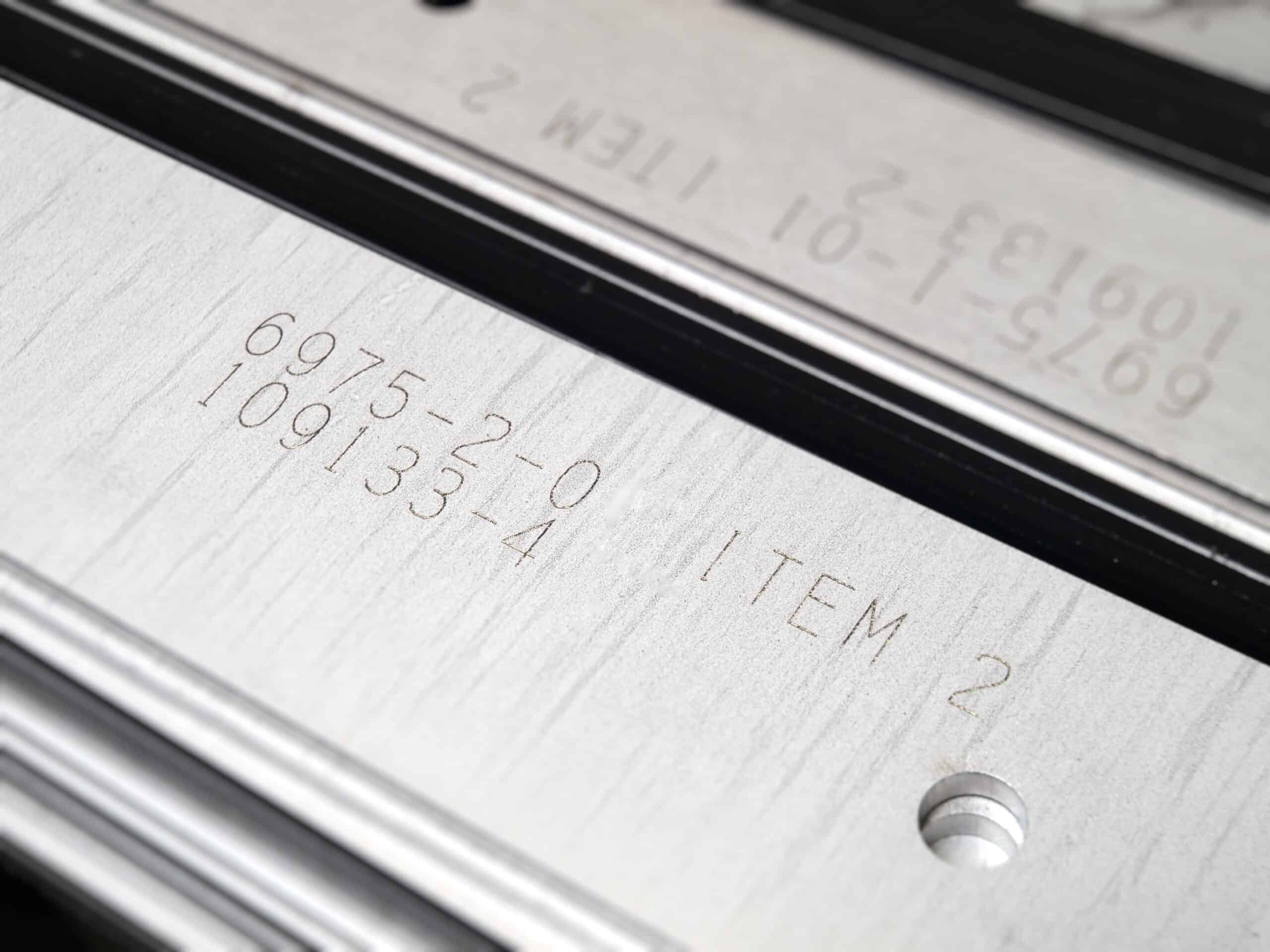Friction drilling is a technique used in manufacturing to apply precise fastening points in metals. The process is often used during metal profiling process, such as steel cutting, and is ideal for the application of connectors to both metal sheet and tube products. Friction drilling is widely considered to produce superior connections, in terms of strength and rapid production time.
This guide looks at the basics of friction drilling, including what it is, how it is used in fabrication, and its many advantages.
What Is Friction Drilling?
Friction drilling, also referred to as thermal friction drilling, utilises mechanical energy from a rotating tool to cause friction between two materials, generating enough heat to melt the softer material. A solid carbide drill bit, the harder material, is used to combine rotational speed with axial force to create a bushing in the softer material. It is the bushing, which is formed in seconds, which produces a fixing point.
The process creates high-strength connection points which eliminates the extra weight and cost of rivets, weld nuts or nut-serts. The connection point is produced from displaced material, rather than removing material to insert a connector which can compromise strength. Therefore, friction drilling offers manufacturers a robust connection, that is faster, lighter and lower cost. The displaced bushing is then tapped, using a cold forming process, to add a thread. Alternatively, some manufacturers prefer to use a thread forming screw.

How Is Friction Drilling Used In Fabrication?
Friction drilling can be useful in a variety of applications, with the most common uses being in the automotive industry to reduce vehicle weight, fabrication to reduce process time, HVAC to increase material thickness, and furniture manufacturing to support design aesthetics. For example, friction drilling is used to manufacture circuit boards and heat sinks, it is used in the aerospace industry to create precision parts for aero engines, and in the medical sector to make surgical tools and implants.
Fabricators use friction drilling to improve quality and efficiency. Fabricators will always be under pressure to reduce cycle times and eliminate reworks. Friction drilling is a solution to help achieve these objectives, by reducing downstream fabrication processes. Adding friction drilling into the profiling stage, where sheet and tube metal is cut and bevelled for example, streamline fabrication processes.
Some manufacturers outsource friction drilling to their materials supplier, avoiding the need for downstream drilling and tapping. This option means manufacturers can benefit from a suppliers’ aggregated buying costs and investments in profiling machinery. Manufacturers choosing to outsource simply send drawings to a metal profiler and in return, receive their order cut and weld prepared with connection points included. Essentially, ready for assembly.
Advantages Of Friction Drilling
1. Stronger Connections
Displacing material to create a connection point does not adversely affect structural integrity. The established method of removing material to add a connector increases the risk of part failure.
2. Lower Costs
Process improvements in fabrication are the best way to boost margins. Friction drilling, especially when completed by a metal profiler, removes the need for sheet or tube metal products to go through additional drilling and tapping processes.
3. Fast Processing
Friction drills rotate up to 10,000 revolutions per minute, which allows for fast and precise hole creation in metals such as steel and aluminium.
4. Less Waste
Every little helps. Friction drilling reduces waste by displacing material to create a connection point, rather than the established process of removing material.
5. High Accuracy
Friction drilling is accurate to +/-0.25mm when produced through a tube laser which has the process built in, further contributing to a boost in product quality and reduced rework costs. Turn raw material to finished part, complete with flow drills, in one efficient and accurate process.
Friction Drilling Services at The Laser Cutting Company
The Laser Cutting Company offers friction drilling services, using Flowdrill technology. As an outsourced metal profiler, our mission is to help you get the job done quickly and efficiently. We use proven, high accuracy equipment to create durable connection points in sheet and tube metals (steel, stainless steel, aluminium, brass, and copper).
FlowDrilling is an essential part of our Smart Design Production service, helping customers reap the benefits of a 50% reduction in production time and costs. Our approach to friction drilling with Flowdrill guarantees accuracy, efficiency, and reliability.
- 85% cost saving per connection point*
- 50% reduction in production time and costs
- Reduced rework 0% missed holes and 0% spinning
- Better quality product with improved aesthetics.
Our experienced team is ready to provide you with fast turnaround times and superior results. Contact us today for more information about our Flowdrilling services or send us a drawing and get a quote for your next project.
*Source: https://flowdrill.com/








